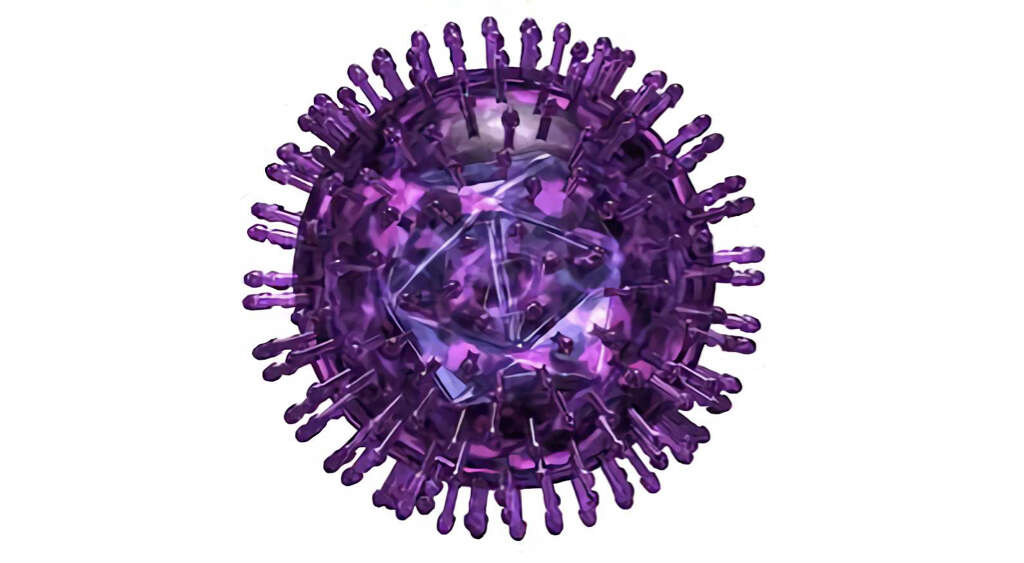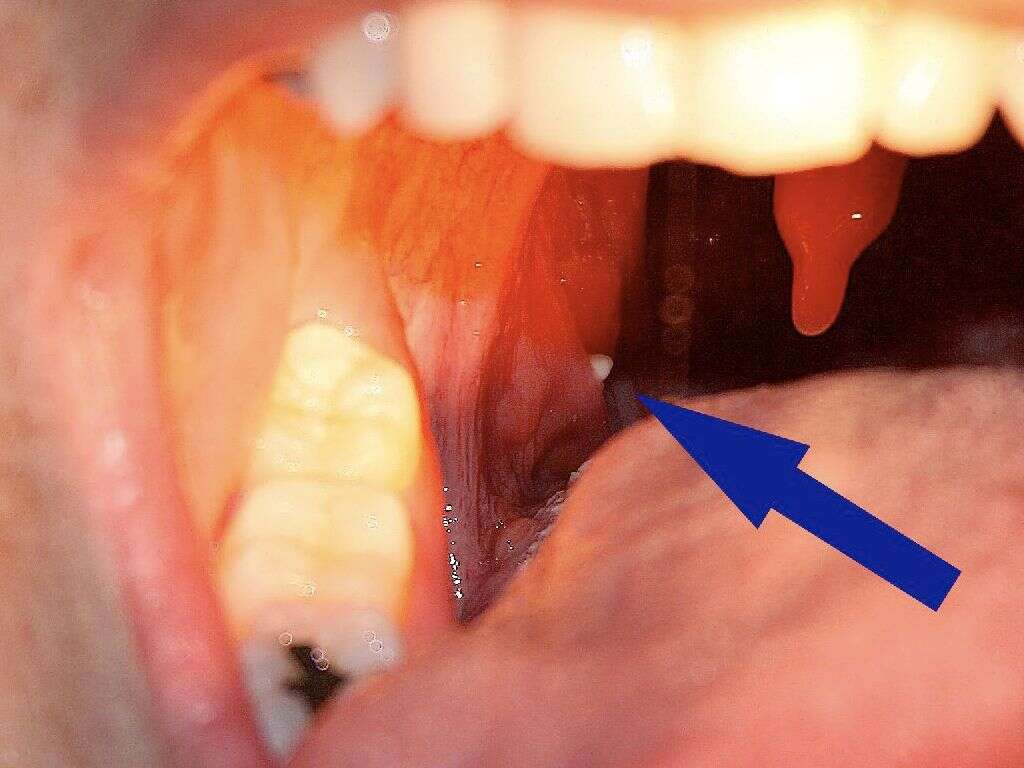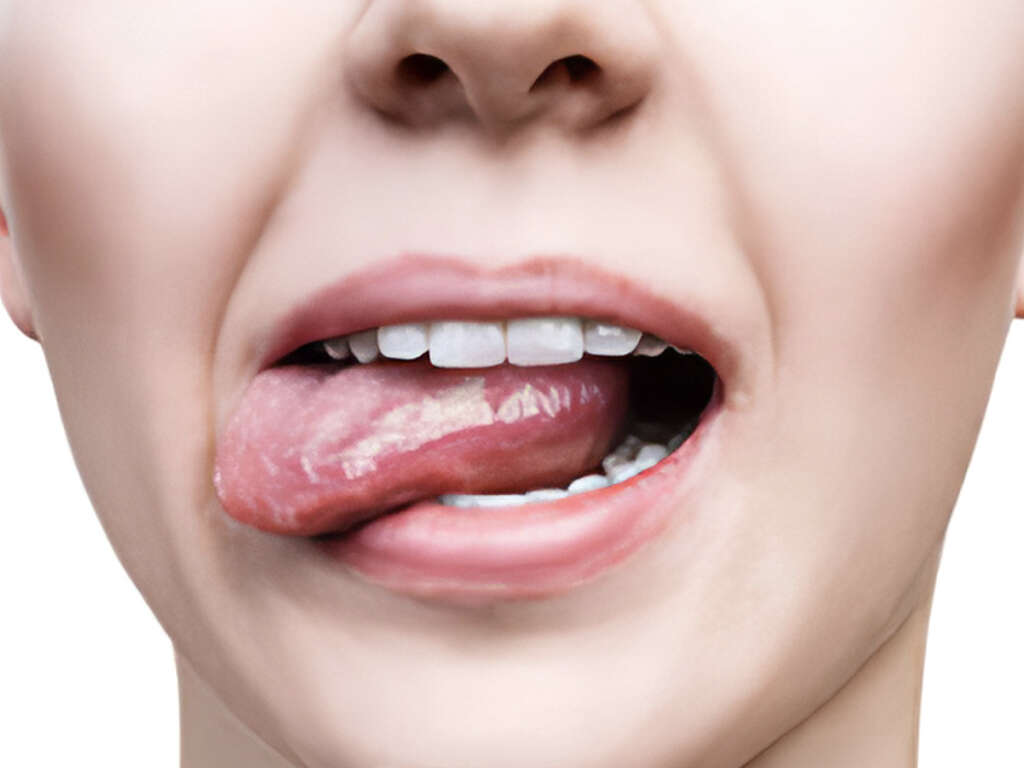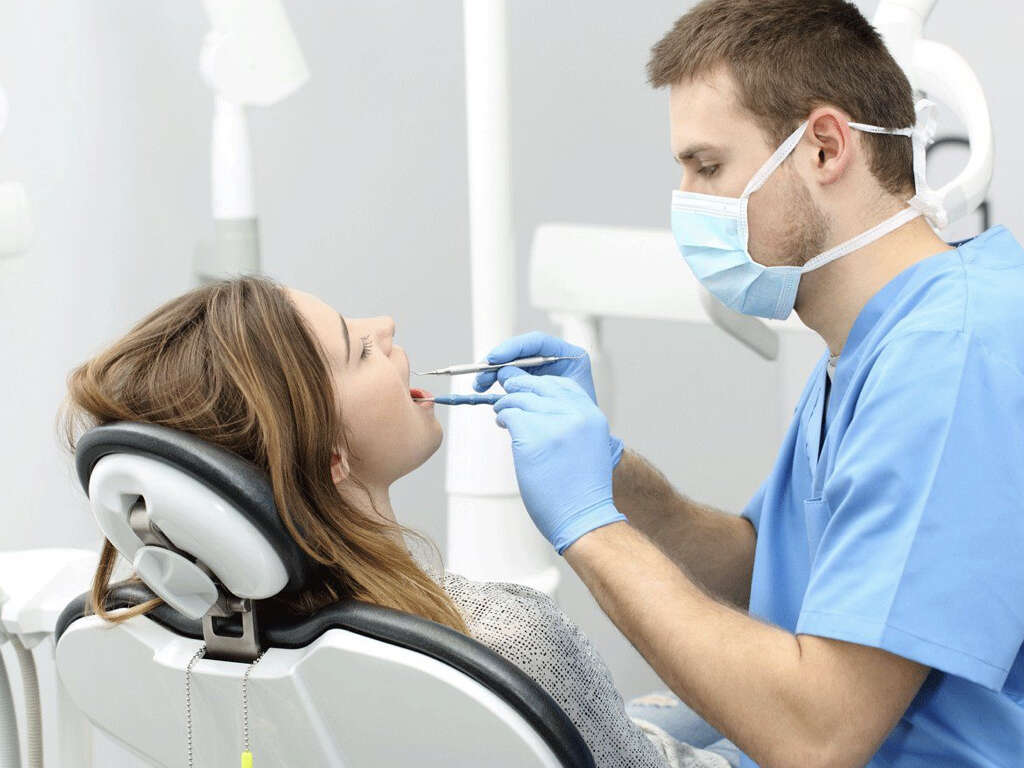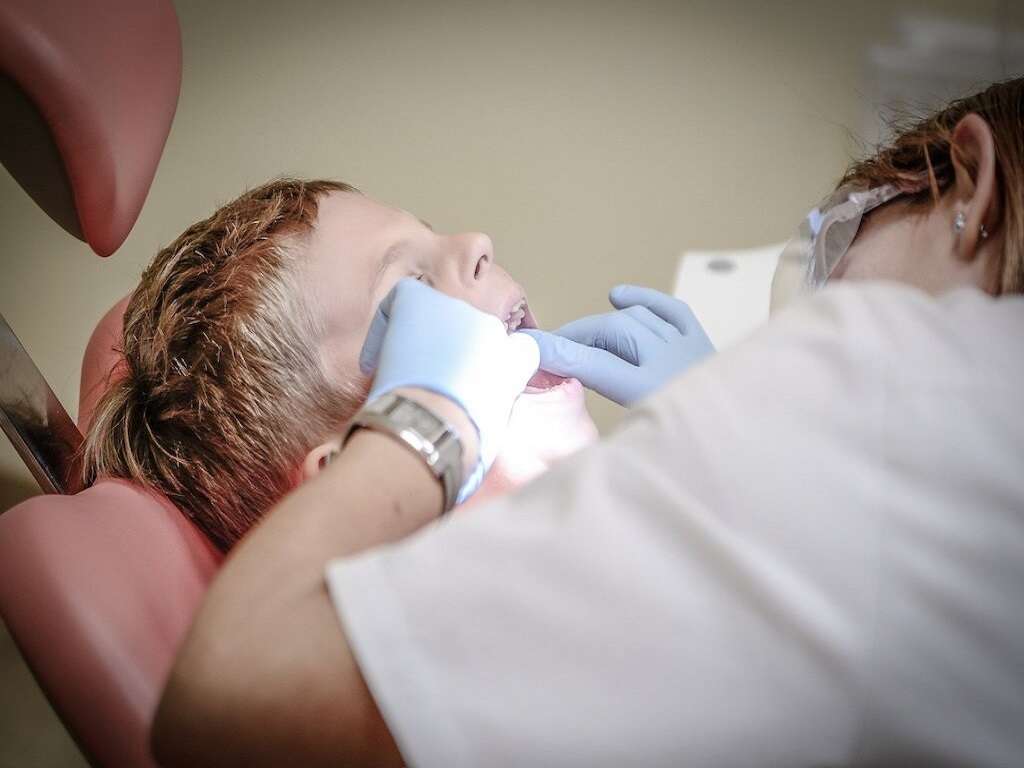What Are White Spots On Tonsils?
The tonsils are two fleshy areas at the back of the mouth. They might not look like much, but they have evolved to directly tackle pathogens in the mouth, helping to keep us safe. They become less important in adults, and they are sometimes removed altogether if they frequently cause problems for the patient.
Although they are at the frontline of our natural defense system, our tonsils are prone to becoming infected themselves. This can result in a number of symptoms, one of which is white/yellow colored spots on the tonsils themselves. Infections of the tonsils result in inflammation, in a condition known as tonsillitis.
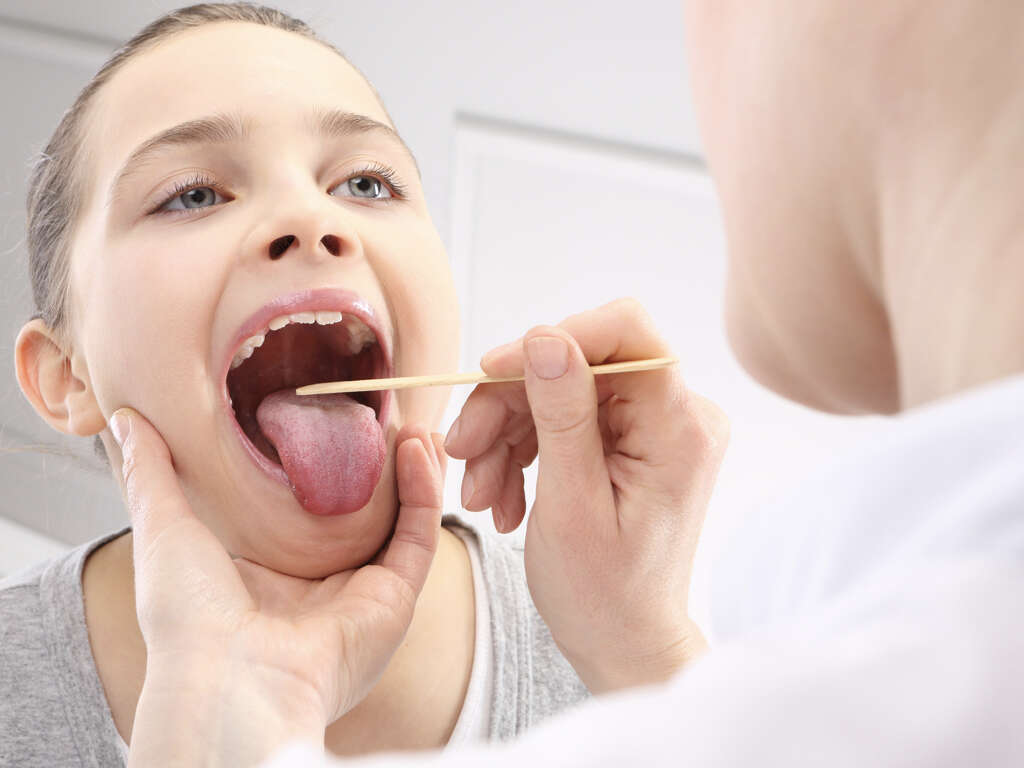
1. Tonsillitis
Tonsillitis is the medical term given to the inflammation of the tonsils. It is a very common condition that is usually found in children, although it can affect people of all ages. It can be very painful but is harmless otherwise, although the underlying cause of the condition can sometimes be risky.
Tonsillitis can be the result of a wide range of underlying causes, and the disease is relatively easy to catch. Treatment of the condition depends on the underlying cause and, in some cases, treatment may not be considered necessary. Symptoms of tonsillitis include swelling, pain, redness, and white/yellow spots on the tonsils.
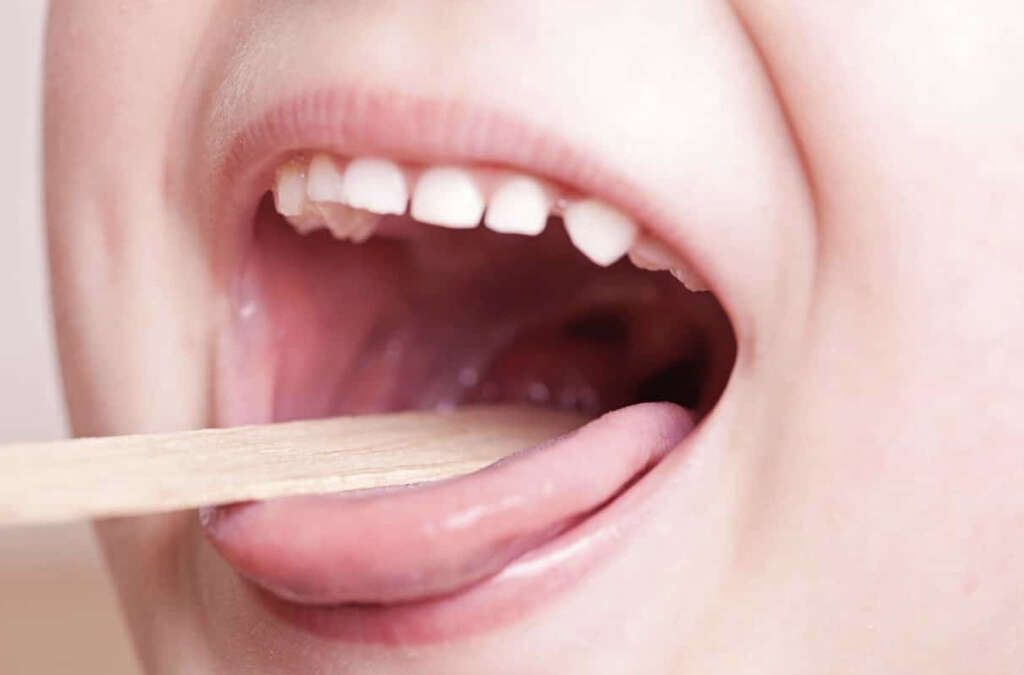
2. White Spots
As mentioned, a characteristic symptom of tonsillitis is the white spots that are present. These spots, which are sometimes yellowish in color, are made of pus. Pus itself is a viscous fluid like substance that is made up largely of spent white blood cells and pathogens. In essence, it is the dead bodies that are found on the frontline of a battle.
These spots can be caused by bacteria, viruses, and fungi. The spots are not usually dangerous in themselves and will pass once the infection has gone without causing any lasting damage. That these spots are so often present is one reason why a doctor will ask to look inside your mouth if you are feeling ill.

3. Infectious Mononucleosis
As mentioned, there are several potential causes of tonsillitis. One of the most commonly encountered is infectious mononucleosis, a common disease that is often shortened to ‘mono’. It is also known as the kissing disease because it is so often passed on in the saliva of an infected person.
Mono can affect people of all ages, but teenagers tend to be infected most often. Symptoms typically include a fever, swollen lymph glands, fatigue, a sore throat, and white spots on the tonsils. Infectious mononucleosis is not usually something to worry about but it can lead to severe complications if left untreated, so it is important to seek medical advice if the condition is worsening.

4. Treatment For Mononucleosis
Mono is caused by a virus known as the Epstein-Barr virus. As such, antibiotics will not be effective in treating the condition. In most cases, the patient is simply asked to take it easy and take in plenty of fluids until the infection passes. The disease does pass without complications in the vast majority of cases.
In the meantime, medication like paracetamol and throat lozenges can be used to help soothe the patient’s symptoms. If the symptoms do appear to be worsening, however, then it is wise to seek medical assistance. It may be necessary to treat the patient for complications they are suffering from.

5. Strep Throat
Strep throat is another common cause of white spots on the tonsils. It is another very contagious disease and it mostly affects children, although people of all ages can catch it. It can occur at any time of year, but strep throat is more common in early spring and in winter.
Typical symptoms of strep throat also include a sore throat, a fever, swollen neck glands, a headache, and in more serious cases, a rash. It is a treatable condition and rarely causes serious problems but it can go on to cause complications if not treated. It can go on to develop into scarlet fever or rheumatic fever, so it is important to speak with a medical professional.

6. Treatment For Strep Throat
Strep throat is caused by a bacterium known as streptococcus pyogenes. It is a fairly common bacterium and can be treated with help from antibiotics. Antibiotics will be more effective if they are taken within 48 hours of when the illness began. In most cases, the patient will be feeling better in just a day or two.
In addition to antibiotics, the patient will often also be prescribed medication to help soothe their symptoms. It is important to ensure the course of antibiotics is completed to help ensure the bacteria are completely killed. There is a chance the disease could go on to cause something very serious otherwise.

7. Oropharyngeal Candidiasis
Candidiasis is another fairly common condition that is more commonly known as thrush. It can affect the genitals or it can infect our mouths. The latter variety is known as oropharyngeal candidiasis. It is thankfully not a serious condition but it can go on to cause severe complications in a rare number of cases.
Typical symptoms of oropharyngeal candidiasis include a sore throat, pain when swallowing, redness of the throat, and white spots on the tonsils. It can be found in people of all age groups, although it is more likely to be found in very young children. It is also more common in people that have a weakened immune system.
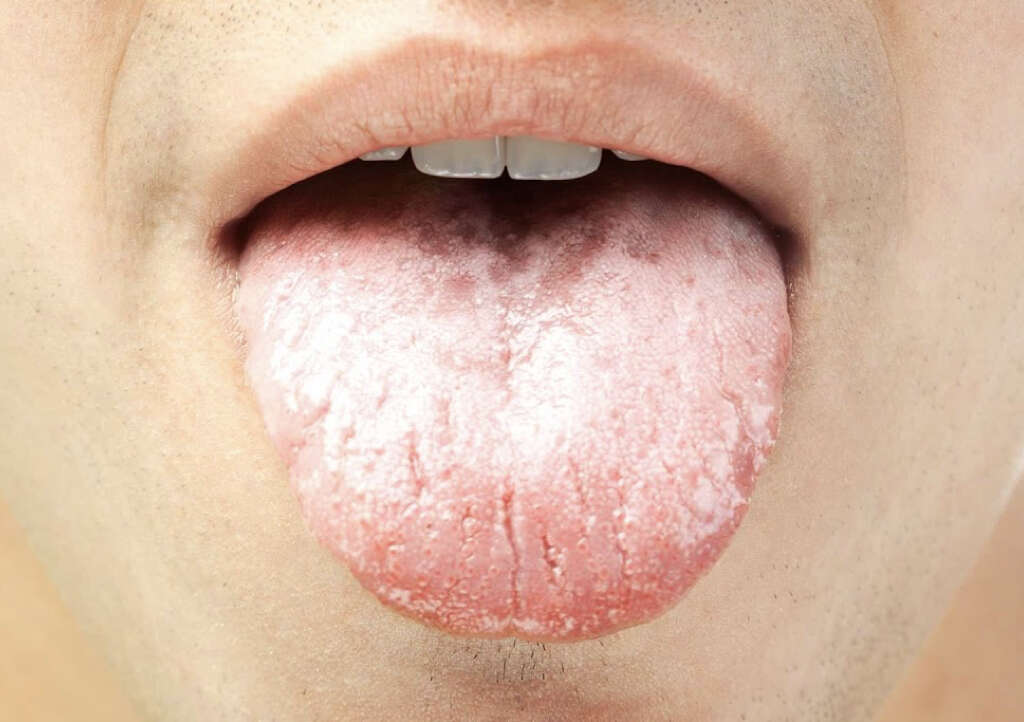
8. Treatment For Oropharyngeal Candidiasis
Candidiasis is caused by the candida fungi. As such, an antifungal agent will need to be used to treat the condition. This can be in the form of oral medication, while it can also be in the form of an antifungal mouthwash. Medication is also available for babies.
While the condition is not usually dangerous, it can go on to cause complications if it is able to spread to other parts of the body. This is a condition known as invasive candidiasis. This condition can also be treated, and it tends to involve orally taken or intravenous medication.
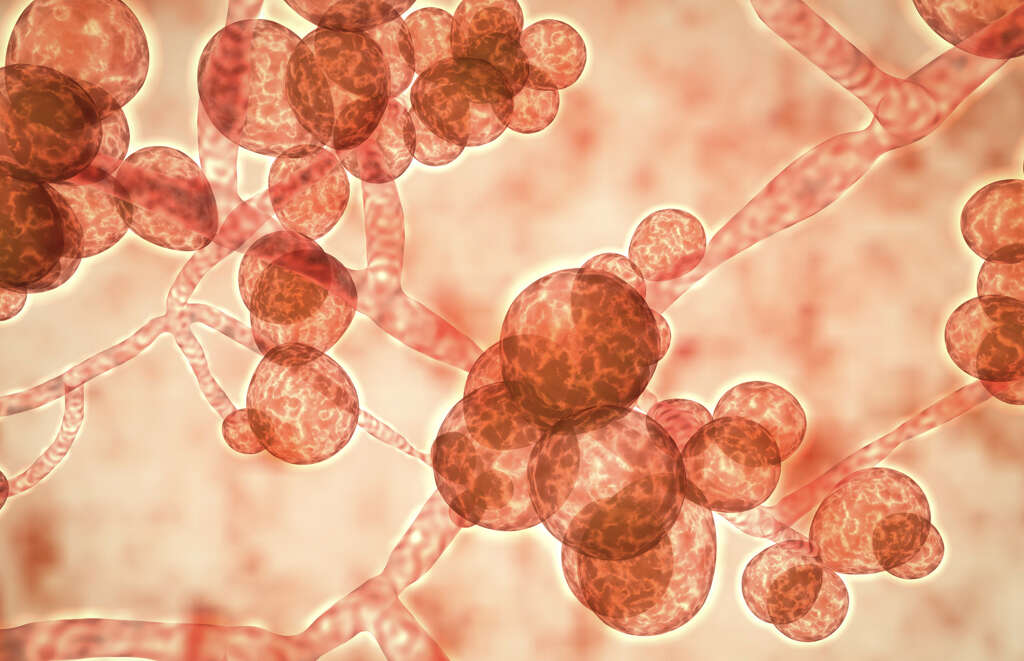
9. Herpes
The name herpes tends to make people think of the sexually transmitted disease. While it is true that there is a sexually transmitted variety, there is also an oral variety, which is more common. The virus is very contagious and kissing a person with oral thrush gives you a high chance of catching it. It can also be contracted through touching infected surfaces.
The most common symptom of oral herpes is cold sores on the lips. Other symptoms include a fever, sore throat, other flu-like symptoms and, in genital herpes, urinary problems and itching or tingling in the crotch. Both varieties of herpes can also cause white spots on the tonsils.

10. Treatment for Herpes
Oral herpes is caused by the HSV-1 virus, and the genital variety is caused by the HSV-2 variety. As it is a viral infection, antibiotics will not work and the symptoms will usually clear up without treatment. However, it cannot be cured and the patient will remain infected for life. The symptoms will likely recur from time to time.
While herpes cannot be cured, antiviral medication can at least help to manage the symptoms. Other medication may be prescribed to help soothe a sore throat if one is present. Because herpes is very contagious, people with the condition should take precautions to avoid spreading it to other people.
